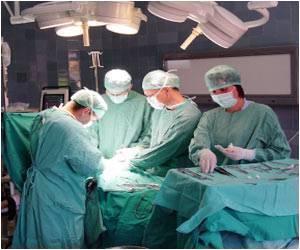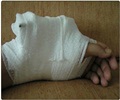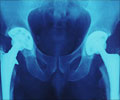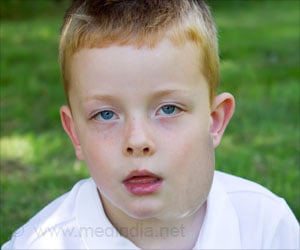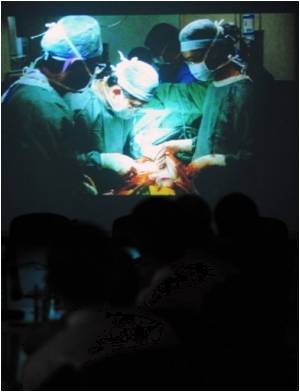
Researchers analyzed the motion of both shoulders at three, 12 and 24 months after surgery, looking at changes in shoulder motion and shoulder strength.
"Although patient satisfaction is generally very high after surgical repair of a torn rotator cuff, the data suggest that long-term shoulder function-in particular, shoulder strength and dynamic joint stability-may not be fully restored in every patient," said Michael Bey of Henry Ford Hospital.
"We found that the motion pattern of the repaired shoulder is significantly different than the patient's opposite shoulder. These differences in shoulder motion seem to persist over time in some patients," said Bey.
"What further complicates our understanding of rotator cuff tears is that we have also shown that there are subtle, yet important differences in shoulder function between the dominant and non-dominant shoulder of healthy volunteers. These clinical studies are aiding in our understanding of both the origin and treatment of rotator cuff tears," he added.
The results were presented at the Orthopaedic Research Society's annual meeting in Long Beach.
Advertisement

